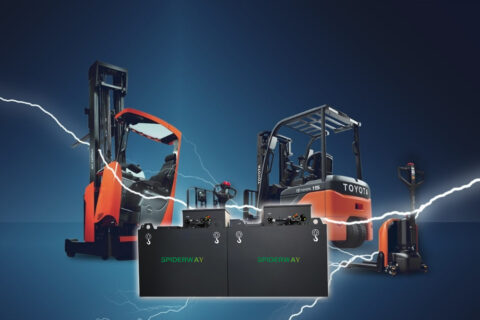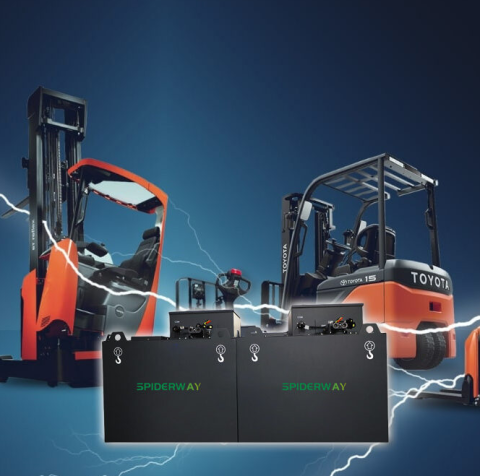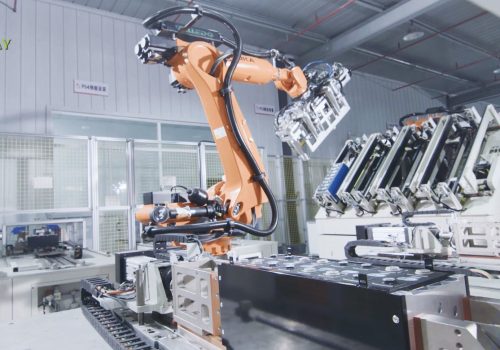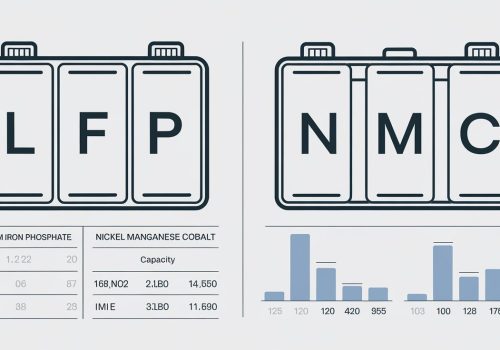
Lithium iron phosphate (LiFePO4 or LFP) batteries have gained significant popularity in industrial applications such as forklifts, golf carts, and electric vehicles due to their exceptional safety, longevity, and performance. However, many users are unsure about the differences between shelf life and cycle life when it comes to LFP batteries. In this article, we’ll explore these concepts and provide valuable insights into maintaining and storing LFP batteries for optimal performance and lifespan.
Understanding Shelf Life and Cycle Life
Shelf life refers to the duration a battery can be stored without significant capacity loss, while cycle life is the number of charge-discharge cycles a battery can withstand before its capacity drops below a certain threshold, typically 80% of its original capacity.
For LFP batteries, shelf life and cycle life are related but not the same. Proper storage conditions can help maintain a battery’s shelf life, but it doesn’t necessarily guarantee its cycle life. Conversely, a battery with a high cycle life may have a shorter shelf life if not stored correctly.
Factors Affecting LFP Battery Lifespan
Several factors can impact the lifespan of LFP batteries, including:
- Temperature: Extreme temperatures, both high and low, can accelerate battery degradation. SPIDERWAY recommends storing LFP batteries at temperatures between -10°C and 35°C (14°F and 95°F) for optimal shelf life[1].
- State of Charge (SOC): Storing LFP batteries at a partial state of charge (30-50% SOC) helps maintain their capacity and prevents permanent damage[2].
- Charging and Discharging Rates: Excessive charging and discharging rates can generate heat and stress the battery, reducing its cycle life. SPIDERWAY’s LFP batteries are designed to withstand high charge and discharge rates while maintaining safety and performance[3].
Maintaining LFP Batteries for Industrial Applications
To ensure the longevity of LFP batteries in industrial applications like forklifts and golf carts, it’s essential to follow proper maintenance and storage practices:
- Charge the battery fully before storage and maintain a partial state of charge (30-50%) during storage[2].
- Store the battery in a cool, dry place with a temperature range between -10°C and 35°C (14°F and 95°F)[1].
- Avoid exposing the battery to direct sunlight or heat sources, as this can accelerate degradation.
- Perform periodic maintenance cycles (full charge and discharge) every 3-6 months to maintain the battery’s capacity[2].
- Monitor the battery’s voltage and ensure it stays within the recommended range to prevent over-discharge or over-charge[3].
SPIDERWAY: Reliable LFP Battery Solutions
SPIDERWAY, a leading manufacturer of LFP batteries, offers a wide range of customized solutions for industrial applications. Their batteries are designed with safety, performance, and longevity in mind, featuring:
- High energy density and long cycle life
- Built-in Battery Management System (BMS) for optimal performance and safety
- Compliance with international safety standards
- Modular design for easy installation and scalability
By partnering with SPIDERWAY, users can ensure their industrial vehicles are powered by reliable and durable LFP batteries that deliver exceptional performance and a low total cost of ownership.
- 48V 304AH LiFePO4 lithium battery for KOMATSU Forklift FB20-12 Type
- Product on sale48V 404Ah LiFePO4 lithium battery for LIUGONG forkliftOriginal price was: $5,399.00.$5,318.00Current price is: $5,318.00.
- Product on sale48V 606Ah LiFePO4 lithium battery for HELI forkliftOriginal price was: $7,999.00.$7,978.00Current price is: $7,978.00.
- Product on sale
 80V 404Ah LiFePO4 lithium battery for HELI K2 3.5T forkliftOriginal price was: $8,399.00.$8,310.00Current price is: $8,310.00.
80V 404Ah LiFePO4 lithium battery for HELI K2 3.5T forkliftOriginal price was: $8,399.00.$8,310.00Current price is: $8,310.00. - Product on sale
 48V 404Ah LiFePO4 lithium battery for LIUGONG 2.5TforkliftOriginal price was: $5,399.00.$5,318.00Current price is: $5,318.00.
48V 404Ah LiFePO4 lithium battery for LIUGONG 2.5TforkliftOriginal price was: $5,399.00.$5,318.00Current price is: $5,318.00. - Product on sale
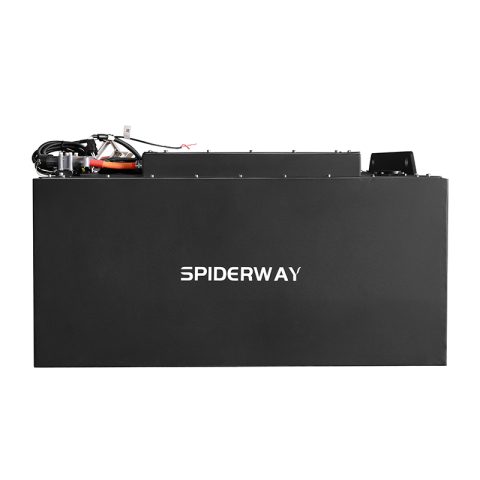 80V 544Ah LiFePO4 lithium battery for TOYOTA forkliftOriginal price was: $11,199.00.$11,190.00Current price is: $11,190.00.
80V 544Ah LiFePO4 lithium battery for TOYOTA forkliftOriginal price was: $11,199.00.$11,190.00Current price is: $11,190.00. - Product on sale
 48V 272Ah LiFePO4 lithium battery for LIUGONG forkliftOriginal price was: $3,599.00.$3,581.00Current price is: $3,581.00.
48V 272Ah LiFePO4 lithium battery for LIUGONG forkliftOriginal price was: $3,599.00.$3,581.00Current price is: $3,581.00. - Product on sale
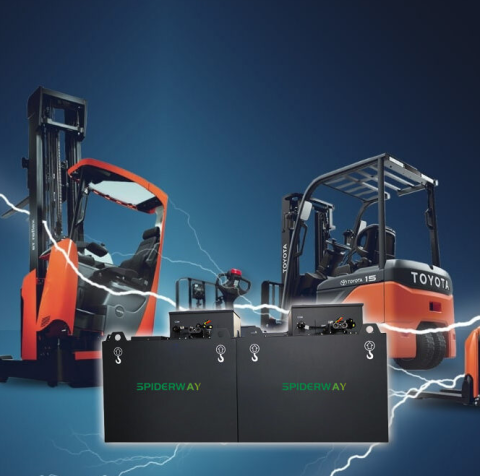 24V 202Ah LiFePO4 lithium battery for LINDE T20 forkliftOriginal price was: $1,399.00.$1,329.00Current price is: $1,329.00.
24V 202Ah LiFePO4 lithium battery for LINDE T20 forkliftOriginal price was: $1,399.00.$1,329.00Current price is: $1,329.00. - Product on sale
 48V 544Ah LiFePO4 lithium battery for HELI CPD20-F1 forkliftOriginal price was: $7,199.00.$7,162.00Current price is: $7,162.00.
48V 544Ah LiFePO4 lithium battery for HELI CPD20-F1 forkliftOriginal price was: $7,199.00.$7,162.00Current price is: $7,162.00.
In conclusion, while shelf life and cycle life are related, they are not the same for LFP batteries. Proper storage conditions and maintenance practices can help maximize both the shelf life and cycle life of LFP batteries, ensuring reliable performance and a long service life in industrial applications. SPIDERWAY’s LFP battery solutions offer a compelling combination of safety, longevity, and performance, making them an ideal choice for forklifts, golf carts, and other industrial vehicles.

